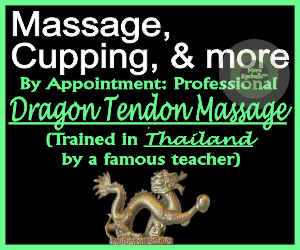M
mnews
Guest

Chayada Prao-hom was a singer of the traditional northeastern Mo Lam style. (Image: phing.chya.da/Facebook)
The sudden death of 20-year-old Thai singer Chayada Prao-hom, following weeks of debilitating illness attributed to intense massage sessions, has cast a spotlight on the hidden dangers of vigorous massage treatments. Her death has prompted a flurry of warnings from medical professionals, urging caution against certain massage techniques, particularly those involving the neck.
Chayada, a singer of the traditional northeastern Mo Lam style, died on Sunday at a hospital ICU in Udon Thani due to septicemia and brain swelling, as confirmed by local health authorities. The provincial health chief stated that while her symptoms — including numbness and transverse myelitis — were linked to her massages, an autopsy would be required to determine whether the treatments directly caused her death.
Story continues below Advertisement
Before her death, Chayada had shared alarming accounts on social media about her deteriorating health after three massage sessions at the same parlour since October. She detailed how neck-twisting techniques and rough handling left her bedridden, with bruises and swelling persisting for a week. By her third session, numbness had spread through her body, rendering her unable to lift her right arm.
Chayada's final social media post featured an X-ray of her spine, where she cautioned her followers about the potential risks of unregulated massage therapies.
Following her death, medical professionals in Thailand have reiterated the dangers of intense massage techniques, particularly neck-twisting. Experts say the neck houses the carotid artery, which, if constricted, can result in strokes or severe brain injuries.
Chayada’s case is not an isolated incident. Just a day prior, a 52-year-old Singaporean man died after experiencing breathing difficulties during a 45-minute oil massage in Phuket.
Thailand is globally celebrated for its therapeutic massages, with traditional “Nuad Thai” receiving UNESCO recognition as part of the nation’s cultural heritage. However, experts warn that the industry is often divided between highly trained therapists and informal practitioners who may lack professional accreditation.







































































































